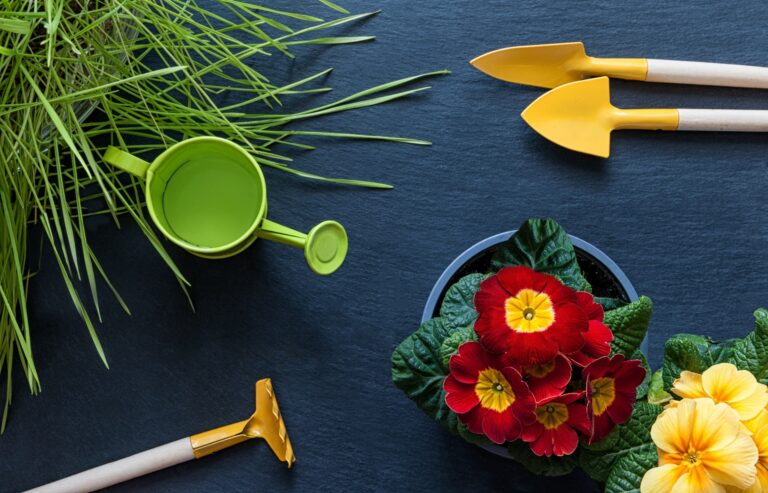Living in a small apartment doesn’t mean you have to compromise on style or functionality. With the right decorating strategies, you can maximize your tiny space, making it both stylish and practical. These 16 genius decorating tips help you transform your small living areas into comfortable, beautiful, and efficient homes. From multifunctional furniture to clever…
lifestyle
12 Low-Maintenance Gardening Tips for the Busy Millennial
In the hustle and bustle of millennial life, finding time for hobbies and self-care can be a challenge. Gardening, often viewed as a time-consuming hobby, is a fantastic way to connect with nature and unwind, but many millennials shy away due to perceived high maintenance. However, with the right strategies, gardening can be a rewarding,…

